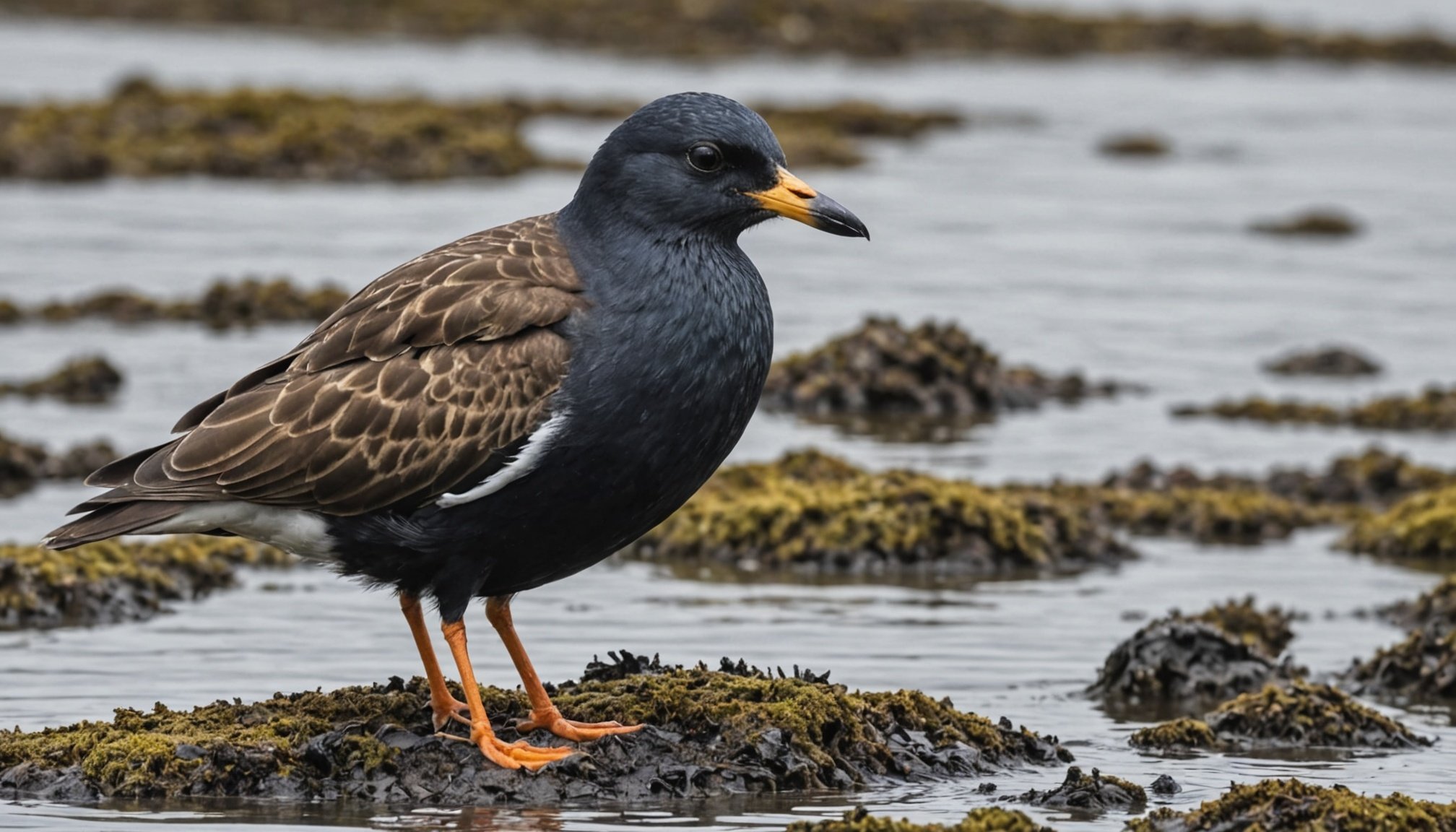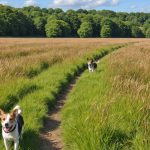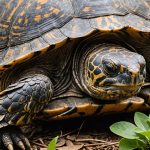Overview of Oil Spills and Their Impact on Wildlife
Oil spills represent a significant threat to the environment, primarily through environmental pollution. These disasters occur when petroleum or its derivatives leak into marine or freshwater ecosystems, often due to accidents involving ships, drilling rigs, or storage facilities.
The impact on wildlife is profound and multi-faceted. For instance, bird populations are notably affected as oil coats their feathers, diminishing their insulating properties and buoyancy. This leaves birds exposed to cold temperatures and unable to float, leading to hypothermia or drowning. Additionally, when birds attempt to preen and remove the oil, they inadvertently ingest toxic substances, causing internal damage or death.
Also to discover : Unveiling the UK’s Tactics for Curbing Wildlife Disease Transmission from Domestic Pets to Wild Fauna
Timely intervention is crucial when attempting to mitigate these effects. Quick response is essential, as the longer the oil remains in the ecosystem, the greater its detrimental impact on wildlife. Rescue teams often employ methods to carefully clean and rehabilitate affected species, ensuring they regain their natural abilities to survive and thrive in the wild again. Such efforts highlight the importance of prompt action in addressing the consequences of oil spills. The collaboration between professionals and volunteers is vital for a successful rescue operation.
Roles and Responsibilities of Wildlife Volunteers
Wildlife volunteers play a crucial role in responding to oil spills and the associated environmental pollution. Within rescue teams, volunteers take on various roles that include searching for and capturing affected animals, transporting them to rehabilitation centers, and assisting in their cleaning and care. This diversity of tasks underscores the importance of identifying and assigning clear responsibilities to ensure a streamlined response.
Have you seen this : Groundbreaking discoveries: uk researchers reveal insights into urban hedgehog population trends
Teamwork is essential in wildlife rescue operations, demanding effective communication and collaboration skills. Each team member must understand their individual roles while maintaining flexibility to switch duties as situations evolve. The synergy in teams elevates the rescue efforts, ensuring affected wildlife receive prompt and proper care.
Volunteers must possess certain skills and traits such as resilience, empathy, and a keen attention to detail. Practical skills, like handling wildlife safely and following health and safety protocols, are essential. Additionally, volunteers should demonstrate a genuine passion for wildlife conservation and a commitment to their tasks. This passion fuels better decision-making and facilitates improved outcomes for the animals impacted by the oil. Ultimately, well-trained wildlife volunteers are indispensable in mitigating the severe impact of oil spills on ecosystems.
Training and Preparation for Volunteers
Volunteer training in wildlife rescue is crucial for responding effectively to oil spills. Aspiring rescuers must understand the importance of developing essential skills and obtaining required certifications. Although generally requiring no formal academic degree, volunteers often need specific training to appropriately handle various situations.
Required Certifications and Training Programs
Individuals aim for certifications such as Basic Wildlife Rehabilitation or those offered by organizations like the International Bird Rescue. Training programs provide expertise in safe capturing, handling, and transporting of wildlife.
First Aid and Basic Veterinary Knowledge
Basic knowledge of animal first aid and veterinary care is imperative. Volunteers must be equipped to address immediate health needs, stabilising affected animals before professional care is accessible.
Hands-on Training and Simulations
Practical experience, often gained through hands-on training, allows volunteers to apply theoretical lessons. Simulations replicate real scenarios, helping individuals effectively prepare for high-pressure situations.
Importance of Self-Education
Continuous learning is vital in this field. Volunteers should seek updated resources and expert insights, adapting to new rescue techniques. Engaging with experienced rescuers enriches understanding and competence. Acquiring these skills empowers volunteers to contribute meaningfully to wildlife conservation efforts during oil spill emergencies.
Rescue Techniques and Best Practices
In the context of oil spills, bird rescue techniques are essential for wildlife rehabilitation. Effective strategies for approaching and rescuing affected birds include:
- Approaching cautiously to minimise stress
- Using nets designed to safely capture birds without injury
- Assessing conditions for safe retrieval, considering both the bird’s and rescuer’s safety
Once birds are safely captured, cleaning techniques are critical. Affected birds are typically washed with specialised detergents to remove oil effectively, protecting their natural insulation and buoyancy. Volunteers should handle the birds carefully during this process to prevent additional stress or harm.
Rehabilitation efforts focus on ensuring birds regain strength and natural behaviours, crucial for their release back into the wild. Monitoring during recovery includes observing eating habits, preening, and flight performance. Long-term care may involve habitat-specific considerations, ensuring birds can thrive post-rescue.
Expertise in best practices is vital for rescuers to achieve successful outcomes in challenging conditions. This comprehensive approach not only addresses immediate health concerns but also fosters wildlife recovery, highlighting the demands and dedication required for impactful rescue operations.
Legal Guidelines and Ethical Considerations
In the pursuit of effective wildlife rescue, adhering to wildlife protection laws is imperative. The UK has stringent legislation safeguarding wildlife, ensuring that interventions comply with prescribed ethical standards. These laws, such as the Wildlife and Countryside Act, stipulate specific protocols for managing wildlife in distress, protecting both the rescuer and the wildlife.
Overview of UK Wildlife Protection Legislation
In the UK, wildlife laws focus on preserving natural habitats and minimizing human interference. These regulations guide how volunteers engage with affected species during oil spills, ensuring legal compliance and ethical integrity.
Ethical Dilemmas Faced During Rescue Operations
Rescue operations often present ethical dilemmas, such as balancing the urgency of saving animals with maintaining their natural behaviours. Volunteers must weigh decisions carefully, ensuring actions align with animal welfare principles.
Reporting and Documentation Protocols
Proper reporting and documentation of rescue protocols are essential components for any wildlife rescue effort. These practices provide transparency and accountability, aiding both legal and conservation efforts. Misconduct or failure to adhere to these standards can result in serious consequences, including legal penalties for illegal interference with wildlife. Thus, ethical adherence is not just a guideline—it is a responsibility.
Case Studies and Success Stories
Exploring prominent wildlife rescue case studies offers valuable insights into the challenges and triumphs associated with oil spill recovery efforts. The UK has faced several notable oil spill incidents, each providing significant learning opportunities. For instance, the Sea Empress disaster in 1996 serves as a pivotal example. The collaborative response led to effective recovery techniques, where thousands of birds were rehabilitated successfully, showcasing the impact of well-coordinated rescue efforts.
These success stories highlight the importance of meticulous planning and adaptive approaches. Reflection on rescue missions reveals invaluable lessons, such as the necessity for specialised training and prompt action during emergencies. Engaging with experienced volunteers and rescuers allows for understanding strategies that have proven successful in past incidents.
Interviews with seasoned rescuers consistently emphasise the significance of teamwork and resourcefulness. Their unwavering dedication illustrates the rewarding nature of wildlife rescue efforts, despite the inherent difficulties. These narratives serve to inspire current and future volunteers to invest in skill development, embracing roles that contribute to impactful outcomes.
Learning from past successes provides a blueprint for future wildlife conservation efforts, promoting continuous improvement and innovation in dealing with oil spills.
Partnering Organizations and Resources
In the intricate web of wildlife rescue, wildlife organizations play a pivotal role. These entities provide invaluable resources and collaborative opportunities for both seasoned and aspiring volunteers. They function as the backbone for efficient response operations, ensuring volunteers have the resources necessary to tackle the challenges presented by oil spills.
Key Organizations Involved in Wildlife Rescue
Several key organizations, such as the Royal Society for the Prevention of Cruelty to Animals (RSPCA) and International Bird Rescue, are instrumental in UK wildlife rescue scenarios. These groups offer structured frameworks for volunteers, including training, support, and operational guidance. Their expertise aids volunteers in understanding best practices for handling affected wildlife.
Available Resources for Volunteers
Volunteer resources encompass a range of materials and support systems. Training programs, informational manuals, and mentoring from experienced rescuers are core resources provided by these organizations. They ensure that volunteers are well-equipped to engage in effective rescue missions, promoting both safety and efficacy.
How to Get Involved with Local Wildlife Groups
Getting involved with local wildlife groups often begins with research and networking. Engaging with community events or online platforms dedicated to animal welfare can be the gateway to joining significant conservation efforts. Volunteers become part of a larger network dedicated to wildlife preservation and rescue.









